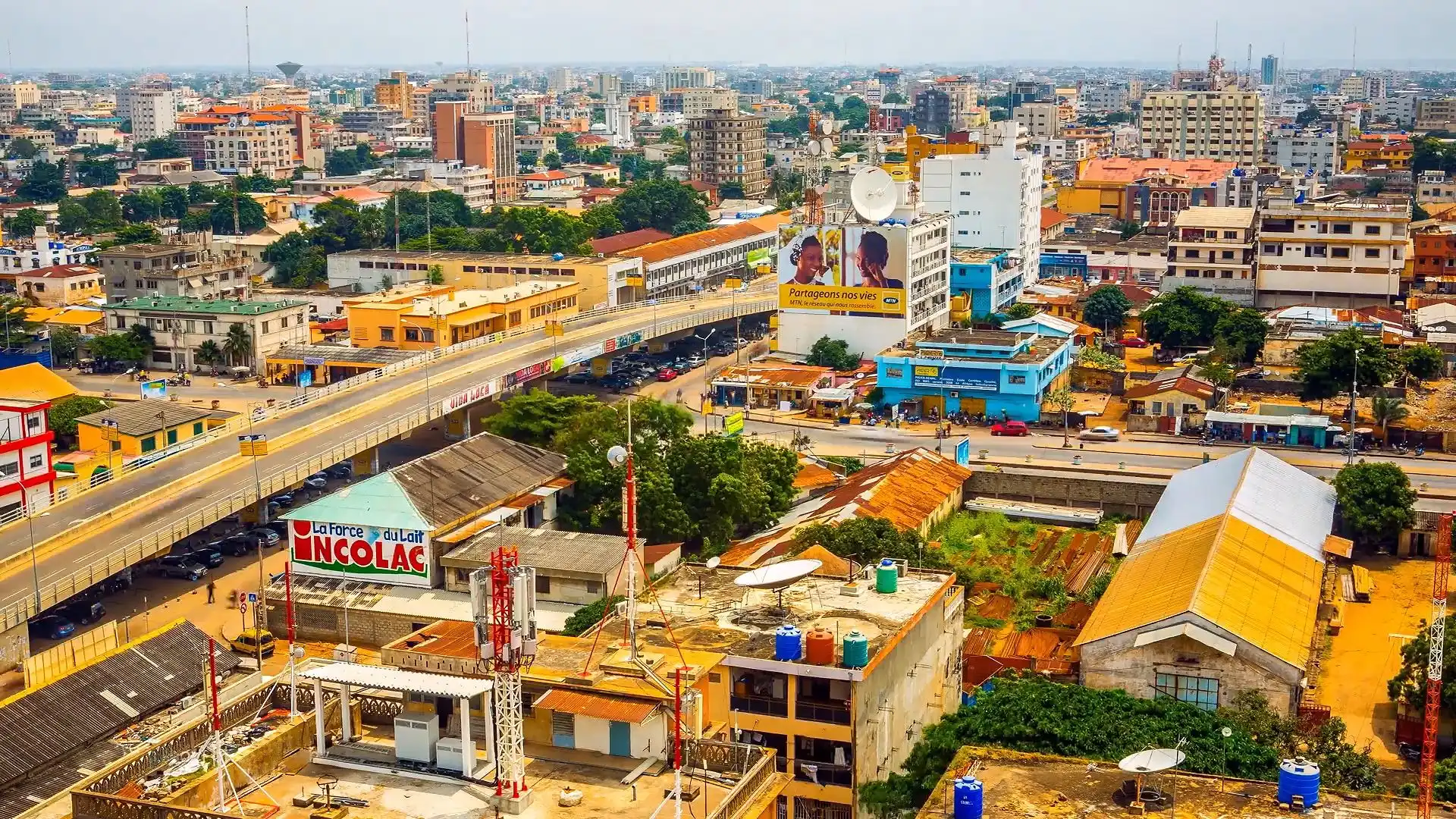
Cotonou Itineraries
Cotonou Itinerary by days
Tips to visit Cotonou
Plan your trip during the dry season
When traveling to Cotonou, Benin, it's important to plan your trip during the dry season. The dry season in Benin typically runs from November to April, which means you'll experience less rainfall and more pleasant weather. This is the perfect time to explore the city's vibrant markets, beautiful beaches, and cultural attractions without worrying about heavy rain showers.
Experience the local cuisine
One of the highlights of traveling to Cotonou is experiencing the rich and diverse local cuisine. Indulge in mouthwatering dishes like Akpan, a popular corn-based meal, or try out seafood delicacies such as grilled tilapia and shrimp in delicious sauces. Don't forget to savor dishes like Amiwo, a famous local red rice dish, and try out fresh tropical fruits like mangoes and pineapples.
Embrace the vibrant nightlife
Cotonou is known for its vibrant nightlife, and it's a must to experience it during your visit. Explore the lively bars, clubs, and beachside venues where you can dance to Afrobeat music, enjoy cocktails, and mingle with friendly locals and fellow travelers. The vibrant nightlife scene in Cotonou offers a unique opportunity to immerse yourself in the local culture and have a memorable time.
Visit the Floating Village of Ganvie
A visit to the Floating Village of Ganvie is an absolute must when traveling to Cotonou. This intriguing village is built entirely on stilts and is often referred to as the "Venice of Africa." Take a boat tour through the village, learn about the rich history and culture of the people living there, and witness their unique way of life. It's an unforgettable experience that offers a glimpse into a world like no other.
Explore the Ouidah Route of Slavery
To truly understand the history of Benin and its connection to the transatlantic slave trade, take a trip to the Ouidah Route of Slavery. This historical route takes you through various landmarks and monuments that commemorate this dark period in history. Visit the Door of No Return, a symbolic place where enslaved Africans departed for the Americas, and the Ouidah Museum of History, which provides insightful exhibits and information about the slave trade. It's a powerful and educational experience that adds depth to your visit.
